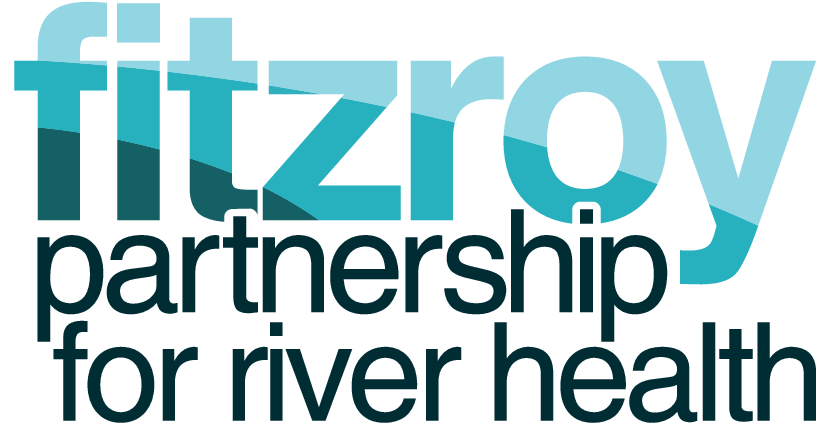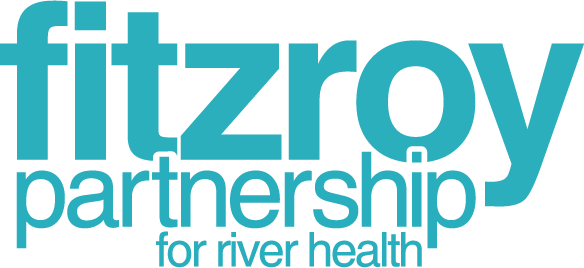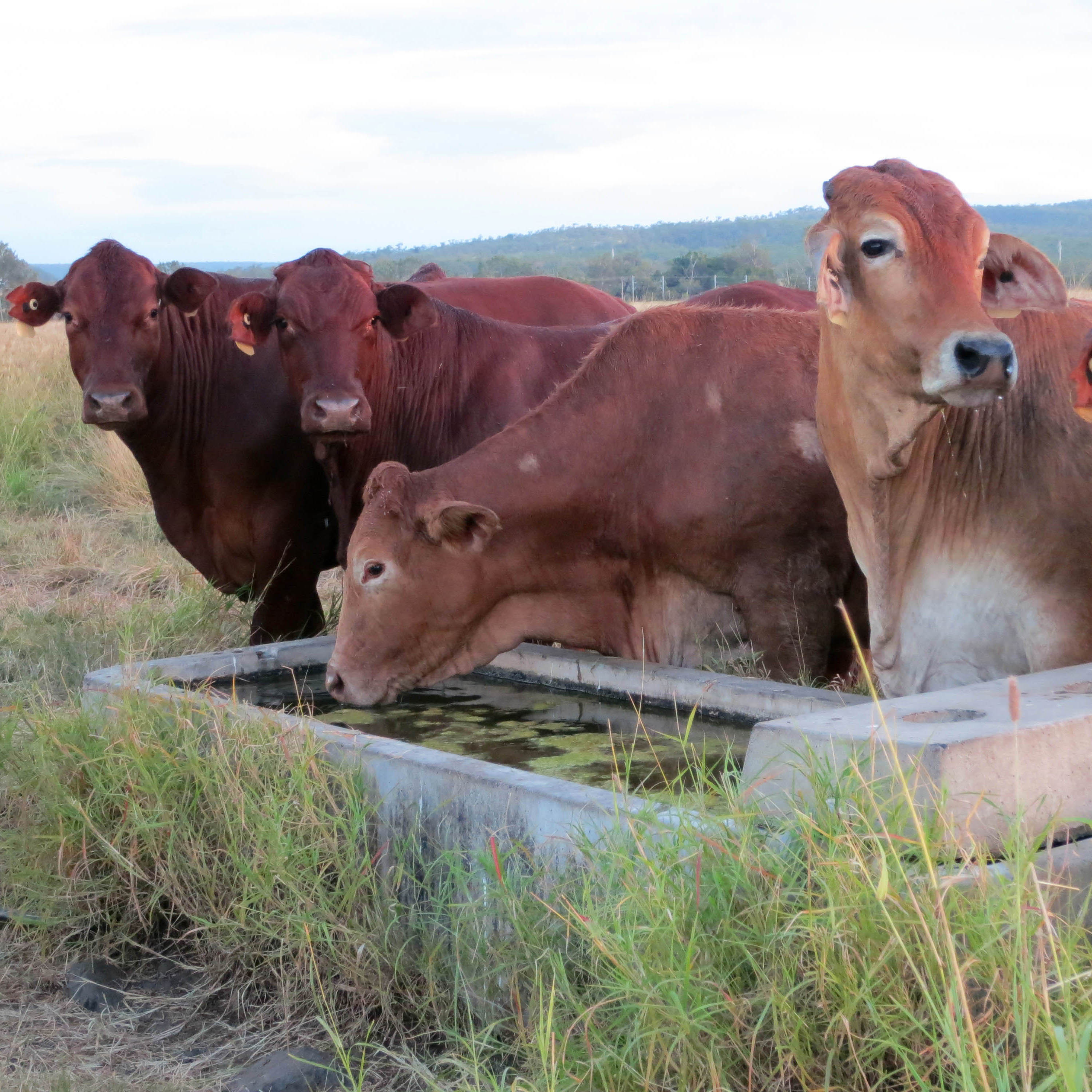Best practice graziers reduce reef run-off via Grazing BMP
The Fitzroy Basin is a major grazing region, supporting almost one quarter of Queensland’s beef cattle production. Grazing is the dominant land use in the Fitzroy Basin at 81 per cent of land area, occupying 119,320 km2, and is a significant contributor to economic, social and cultural values of the region. Local grazing and agricultural enterprises are valued at over $1 billion per year.
Ground cover is well known to influence the volume of sediment discharged into local rivers and creeks, and ultimately to the Great Barrier Reef. Graziers who operate at best management practice maintain good levels of ground cover throughout the year to ensure water quality is protected and livestock are kept in good condition. Management of frontages along creeks and wetlands, including riparian zones, is vital for aquatic ecosystem health. High quality frontage land can buffer the impact of grazing activities on waterways by stabilising and improving the resilience of riverbanks, reducing erosion, and reducing nutrient loss into waterways.
Following the release in November 2013 of the Draft Great Barrier Reef Assessment, AgForce Chief Executive Officer Charles Burke said the industry recognised the effect of agriculture on the reef and was addressing this through programs including the Grazing Best Management Practice (BMP) Program.
[page_divider type=”cattle_at_dam”]Case study[/page_divider]
Grazing BMP is a voluntary benchmarking process for grazing businesses to monitor their performance across all aspects of the business. Completing the Grazing BMP program provides graziers with the confidence to make decisions that will benefit the long term sustainability and profitability of their enterprises.
Grazing BMP is made up of 157 benchmark standards in five modules that can be completed online by graziers. They are self-assessable, helping graziers identify best management practices to increase long term profitability and incorporate best management practices into their business.
The modules include:
- Soil Health
- Grazing Land Management
- Animal Health and Welfare
- Animal Production, and
- People and Business.
The program will allow the grazing industry to demonstrate to industry and community a commitment to sound environmental management, and achieve improvements to aquatic ecosystem health in grazing lands of the Fitzroy Basin.
The Grazing BMP program is a joint initiative of AgForce, the Fitzroy Basin Association Inc. (FBA), the Queensland Department of Agriculture and Fisheries, North Queensland Dry Tropics and Burnett Mary Regional Group. Funding is provided by the Queensland Government through the Department of Environment and Heritage and previously from the Australian Government Caring for Our Country Reef Rescue initiative.
As well as the online self-assessment tool, it coordinates training and information to help improve grazing practices. Training workshops to assist with each module are held in grazing localities of the Fitzroy Basin.
According to Grazing BMP Project Manager Mr Peter Long the project partners have received positive feedback from many participants.
“We have received positive feedback from participants on the value of Grazing BMP to their businesses, both in relation to content and the unique opportunity for networking and discussion with other graziers in their region,” Mr Long said.
Beginning in the Fitzroy and Burdekin catchments in 2009, Grazing BMP reached some significant milestones at the end of 2014, with 181 businesses completing all five modules and 11 businesses taking the next step and awarded Accredited Producer status after completing an extensive Grazing BMP audit.
[page_divider type=”fenceline”]Benefits of best practice[/page_divider]
Aggregated data collected through the Grazing BMP will allow the grazing industry to report on environmental performance and successes. Like most other BMP programs, it is the industry practices that are monitored rather than specific environmental outcomes. However many of the improvements that are set to be achieved through the program are known drivers of aquatic ecosystem health. The results of the Grazing BMP program contribute to the Reef Report Card.
Practices detailed in the Soil Health and Grazing Land Management modules are directly linked to realising aquatic ecosystem health outcomes. For example, the Soil Health module includes standards relating to soil water storage capacity, minimising fertiliser application, improving ground cover, and managing ‘sodic’ soils (soils with high sodium content) which have poor structure and are particularly vulnerable to erosion into gullies and creeks. The Grazing Land Management module details best management practice standards to ensure graziers maintain a safe long term carrying capacity, regularly measure and maintain ground cover, improve land condition and incorporate strategies for managing frontages along waterways.
These two modules of the BMP have now been completed by 653 graziers in the Fitzroy Basin alone (as at December 2014), this figure exceeds the Grazing BMP project target for Fitzroy Basin completions. The grazed area represented by these completions in the Fitzroy Basin amounts to over 1.5 million hectares. The freshwater ecosystems, estuary and Great Barrier Reef lagoon adjacent to the Fitzroy Basin all stand to benefit from improvements to grazing practices driven by the BMP Program.
[page_divider type=”ripple”]
“These programs are the way of the future and help our industry to show
that we are continually seeking ways to better run our businesses
and to protect the environment. This really is an example of both agricultural
and environmental values being well considered in the operation
of our primary production businesses.”
AgForce Chief Executive Officer Charles Burke
[/page_divider]
Links:
http://www.fba.org.au/portfolio/managing-erosion-and-improving-water-quality-by-fencing-waterways/
Case study framework developed by Rachel Eberhard : Design by Nicole Dendle : Text by Nicole Flint : Thanks to case study organisation



